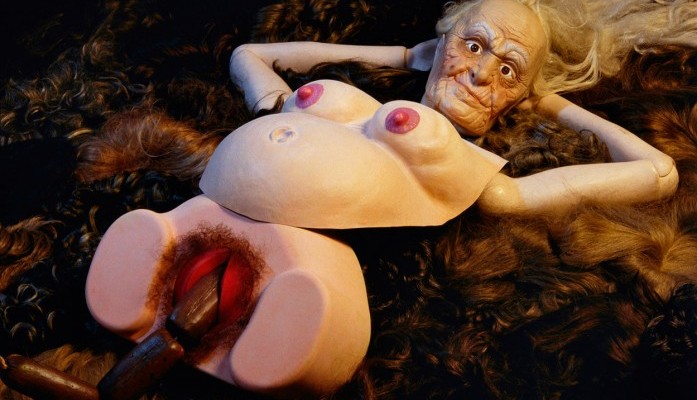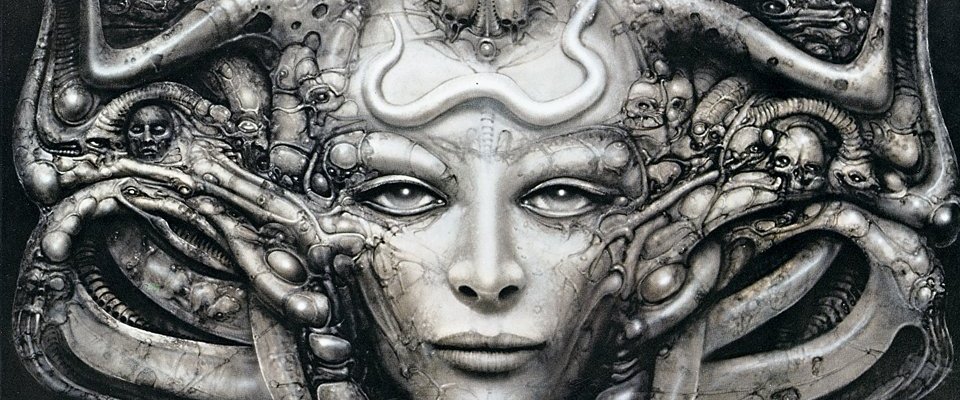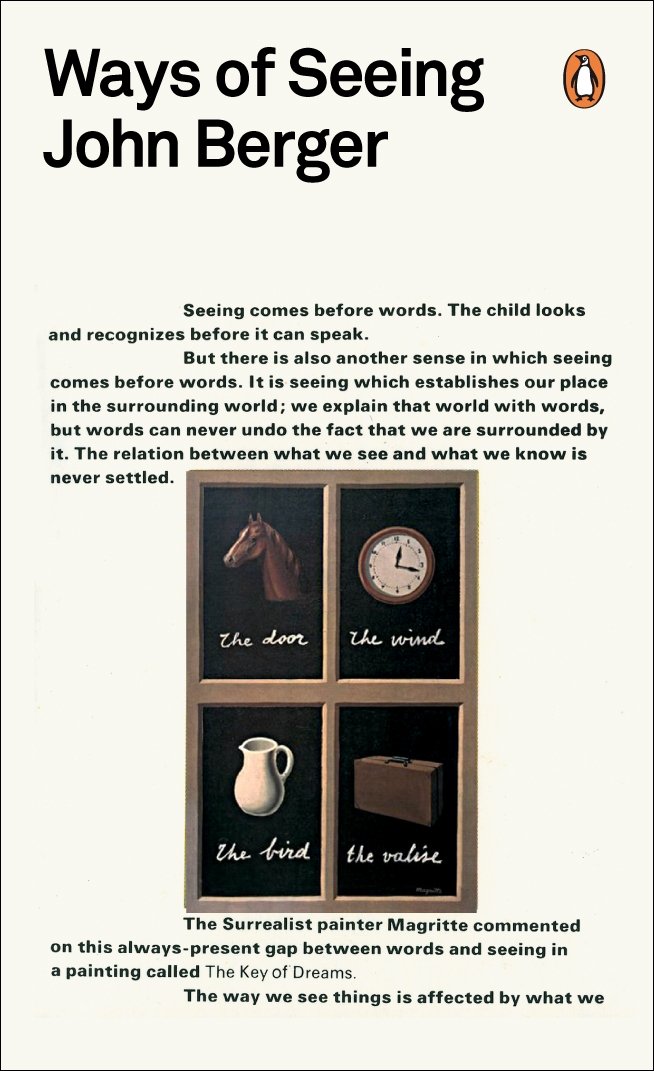Bodies of Difference Essay – Link to essay PDF.
Evidence over performance: is the body really on edge if it’s only there to be documented?
The question of whether Carolee Schneemann really had to pull a scroll from her vagina in her piece “Interior Scroll 1975” is one that I will investigate throughout the duration of this text, asking whether the body on edge without evidence is really on edge, or the body is just there for evidence purposes. I will also be thinking about questions such as does body art exist only in the moment? And does documentation count as performance? Throughout the text I will be exploring a number of concepts through the comparison of two artists and their work, looking at the truthfulness of a photograph, when performance has its biggest impact and if once a performance has been fabricated into reality, is this when it becomes a ‘real’ piece of work – once it is finally physical. Moving through the chapters I hope to compare Carolee Schneemann and Hayley Newman’s work, eventually concluding on points that address whether the public is still affected by the documentation of a piece that may not have taken place as oppose to work that has. How can the difference be told between the two? And would reactions change if they knew one ‘performance’ piece did not take place but was followed by fake documentation.
Carolee Schneemann, a trained painter turned performance artist “introduced the body of the female artist as the source of her creative and imaginative energy as well as the site and subject of the work.”[1] Schneemann’s piece “Interior Scroll 1975” involved a performance where she read aloud from the book Cezanne, She was a Great Painter and continued to paint her body. These actions were then followed by the production of a small scroll from her vagina, in which she read aloud. The writing on this script was thought to be a response to a male artist/critic who had previously labelled her pieces as ‘messy woman’s work’. While creating her piece “Interior Scroll” Schneemann set out to think about the ‘vulvic space’ writing:
“I thought of the vagina in many ways – physically, conceptually: as a sculptural form, an architectural referent, the source of sacred knowledge, ecstasy, birth passage, transformation. I saw the vagina as a translucent chamber of which the serpent was an outward model: enlivened by its passage from the visible to the invisible, a spiralled coil ringed with the shape of desire and generative mysteries, attributes of both female and male sexual powers. This source of ‘interior knowledge’ would be symbolized as the primary index unifying spirit and flesh … the source of conceptualising, of interacting with materials, of imagining the world and composing its images.”[2]
Carolee Schneemann used different areas of her body, areas that most would not use for art, thus putting her own body on edge. This particular piece was documented via black and white photography. Schneemann performed her piece in a place that she knew there would be people to document her work, leaving the question; did she only push her work and herself so far because she knew that evidence would be produced after the event? The documentation aspect of this particular piece decreases the ‘shock factor’ from the point of the live performance –the people there would have been the only ones to really feel the impact of the live work. However without photographic evidence the wider public would not have been impacted or shocked in such a way, although it is difficult to not think about how the work would have been received if it were filmed or even re-performed occasionally –giving more viewers access to the raw emotion of the live event. Was this piece supposed to be seen as performance only? As the following documentation has left the public with only glimpses of the real thing, without these small insights of physically fabricated photographs would her work have been classed as ‘real’?
‘Connotations’ is the title of a series of photographic images made by Hayley Newman from 1994 through to 1998; it is within these images that Newman “addresses ideas of authenticity and forgery.”[3] ‘Connotations’ is a collection of images put together by Newman alongside a body of text claiming that each had been a performative piece of work where she parodies performance documentation. In creating the supporting documentation to a number of ‘fake’ performances her work questions the ambiguity of using photographs to capture an entire live performance. However Newman did not mislead the audience at her final showing of ‘Connotations’ as alongside the ‘performance documentation’ she had placed a plaque confessing that all the surrounding work was untrue to its captions. It was the critics in the show that took no notice of this addition and continued to review each fake image as though it were a previous performance piece. Does this aspect of her work create an urge among performance artists to re preform their work? Essentially proving they’re not ‘fakes’. Questioning the shock factor of the documentation of Newman’s work is difficult, as the lines have been blurred from the start. Perhaps the images and captions did pull reactions from the audience initially like the works of Carolee Schneemann, but once the plaque was placed in the show and members of the public knew that these were fakes the shock factor would have dropped. But if this plaque had never been revealed would the work of Newman have been questioned at all? As after all the photographic evidence was enough to blind the critics even with the answer in front of their eyes. Newman’s honestly about her artificial performance works, raises awareness and sparks questions within the art world. Could this be currently happening with other performance artists? Or better yet could this already have happened with previously famous performance artists? The real documentation photographed, exhibited and critiqued all without a performance actually taking place. Just because this series of work is fabricated in to reality via photographic documentation doesn’t make it real. Not a single body was placed on edge or in danger although we are led to believe so, allowing us to question the truthfulness of a photograph and whether evidence over performance is really what matters most. Newman’s work has been critiqued, stating that:
“Whether or not a specific performance really happened (or whether it even needed to in order eventually to ‘exist’) is not an easy question to answer. Newman, at the very least, asks it in an intelligent, playful and entertaining way.”[4]
When comparing Newman’s Connotations and Schneemann’s Interior Scroll surprisingly there are a lot of similarities. Both pieces include physical photographic documentation of the work and a detailed description alongside of the happenings, each piece was seen to have the shock factor, and if the public saw the documentation today the shock factor would remain in tact. Each work was reviewed and critically rated as a performance piece and on paper they appear very similar. The differences only start to appear once you understand that Newman did not have to put her body on edge or in danger, contrary to her physical work however Schneemann did. Could Schneemann have created work that appeared like her body was on the edge, keeping the shock factor intact without the risk of harming herself? One of the questions I am exploring throughout this essay is did Carolee Schneemann only put her body on edge because she knew that it would be documented? If nobody was around with a camera at the time of the performance would her piece Interior Scroll have been so dramatic and shocking, if she knew nobody else would ever see it again, live or in evidence? These questions are ones I cannot give a definitive answer to, just ideas that allow the mind to delve deeper into questioning the body on edge and its documentation.
In conclusion to my question “Evidence over performance: is the body really on edge if it’s only there to be documented?” I do not have a definitive answer. I feel the following paragraphs explore ideas and open questions to the reader to consider and revise. In my own thoughts however I feel that the body is still on edge when being documented but perhaps with the wrong intentions. Physically the body is being pushed to extremes during a number of performance art pieces but probably for all the wrong reasons. To me it seems that the artists are putting themselves in pain or in shocking situations purely to get reactions from the public which raises questions about the efficiency of the work itself. Only a few artists are true to the nature of their performance work and do not merchandise any products or photographs as ‘proof’ that it happened. I believe it is a rarity when artists occasionally re preform their pieces live but if you miss it, it’s gone as they do not fabricate their work into the reality that is evidence. Although I think that artists push themselves harder when a camera is presented in the room to document them, without this documentation the wider public would never really know what happened during a number of performance art pieces, as not every work can be attended.
During the previous paragraphs I opened questions exploring the truthfulness of photographs. Hayley Newman has both explored and exploited the fact that we as the public instantly trust a photograph as actual evidence. As a public we assume that it is the truth and anything photographed is real without any other proof, a point that Newman played upon in her own work. The fact that these boundaries are being pushed and tested by artists is both amusing and interesting, proving that sometimes it is the evidence of a work that can make it successful. For me putting the body on edge is all about this ‘shock factor’ and artists are frequently pushing themselves to shock the public in even more daring and dangerous ways, because of this the art of putting the body on edge is moving forward as the artist knows that someone will always be standing there with a camera to prove exactly what happened. To conclude this body of text has been difficult as the lines between body art and documentation blur together so much. Throughout this essay I hoped to have explored the truthfulness of documented works via photography and if it’s even possible to really find out how a performance piece happened without being there in the moment. I have raised questions on the public and how much we believe what we are shown because of the evidence provided by a famous name, even if this material has been fabricated we as the viewers will still believe it to be true. In opening up a number of questions about body art and documentation I have provided a platform for further discussions about the role of photographic evidence as a means to document and exhibit the artists’ intended concepts and ideas. Performance art’s true success should be in the moment. The sight, emotions and messages delivered by the artist cannot be transmitted successfully via any other medium other than in live view. This scene may be recorded and documented several times and shown in many different ways but ultimately it will not have the same effect. Therefore we must ask performance artists to push their boundaries, by delivering their piece of work in front of us with as many spectators as possible. This is what photography can never truly re create and is where performance art flourishes with extraordinary impact.
Bibliography.
Schneemann, Carolee, “Carolee Schneemann Interior Scroll 1975”, Tate.org, http://www.tate.org.uk/art/artworks/schneemann-interior-scroll-p13282
Newman, Hayley, “Live Cultural: Organizers and participant: Hayley Newman”, Tate.org
Suchin, Peter, “Hayley Newman, Ikon Gallery, Birmingham, UK”, frieze.com, 11 November, 2002
https://frieze.com/article/hayley-newman
[1] Carolee Schneemann, “Carolee Schneemann Interior Scroll 1975”, Tate.org, http://www.tate.org.uk/art/artworks/schneemann-interior-scroll-p13282
[2] Carolee Schneemann, “Carolee Schneemann Interior Scroll 1975”, Tate.org, http://www.tate.org.uk/art/artworks/schneemann-interior-scroll-p13282
[3] Hayley Newman, “Live Cultural: Organizers and participant: Hayley Newman, Tate.org, http://www.tate.org.uk/whats-on/tate-modern/exhibition/live-culture/live-culture-organisers-and-participants/live-culture-3
[4] Peter Suchin, Hayley Newman, Ikon Gallery, Birmingham, UK, “frieze.com”
https://frieze.com/article/hayley-newman










